
Muath Freij, The Jordan Times
AMMAN — When the Italian Hospital was built in Amman eight decades ago, it helped make the fledgling city inhabitable by bringing a full range of medical services within reach of its residents, capital dwellers familiar with the town’s history said.
The Italian Hospital, which was constructed by the Association to Succour Italian Missionaries, was the first hospital in the capital, according to Nassim Samawi, the administrative director of the hospital.
Located downtown on a street named after it and better known as Tiliani Hospital, it was also the second in the entire Kingdom after the Old English Hospital in Salt, said Raouf Abu Jaber, chairman of the General Investment Company.
Less known, however, is the story behind the hospital and the Italian doctor, Fausto Tesio, who founded it.
Tesio’s journey
In the 1920s, officials at the hospital did not keep extensive records, Samawi said, so little documentation of its early history exists.
However, Tesio’s descendents and Jordanians who still remember the early years of the hospital provided some insight into the role the facility played in the capital’s small community back then.
Tesio, a father of two, arrived in Jordan in 1921 at the age of 22 and first settled in Salt, said Guido Romero, his grandson.
"He was seconded by an Italian association to build an Italian hospital in Jordan,” the 48-year-old Romero told The Jordan Times.
“He was supposed to come with his father, who was an American officer in the Italian Royal Army at the time, but he settled in Jordan alone because his father passed away few months before."
The doctor settled in Salt, 35 kilometres northwest of Amman, which was a larger and more lively city at the time, retired police chief Maj. Gen. Hikmat Mihyar recalled, adding that he used to make house calls alongside a contingent of interpreters from the town of Fuheis.
"He performed an operation on me at my father's home when I was young," Mihyar told The Jordan Times.
Citing hospital documents, Samawi said the association had planned to build the hospital in Salt and bought a plot of land there, but later decided to establish it in Amman, which had been selected as the capital of Transjordan.
The founding
In 1926, the hospital was constructed near the home of a Circassian family, Mihyar recounted.
An Italian architect designed the hospital and a small apartment for the doctor, which was called Villa Tesio, the doctor's daughter Flavia Romero said.
Another Italian doctor came soon afterwards to help Tesio perform surgeries, she said, while around 24 nuns worked as nurses.
When the city started to expand from its nucleus downtown, people preferred to build their houses near the Italian Hospital, Abu Jaber said, noting that residents relied heavily on it as there were very few other doctors in Amman at the time.
"In terms of medicine, there was nothing in Amman when the doctor first arrived in the capital," said the Amman-born Flavia, adding that patients would also come from as far away as Saudi Arabia, travelling for one week to be treated by her father.
Because of the charitable nature of the hospital, fees were relatively affordable, Abu Jaber said.
"Sometimes they did not take money from families who could not afford treatment or medicines. The patient used to pay 50 fils and if they had to stay at the hospital, they paid 500 fils, which was, for many, a lot of money at the time," he recalled.
Although Tesio, who was from a small town near Turin in northern Italy, knew nothing about Jordanian customs or the language when he arrived in the Kingdom, he did not face any difficulty communicating with people, according to his daughter.
"Jordanians loved him and were kind to him," she told The Jordan Times at her home.
Tesio had a sense of humour and knew how to deal with Arab customs, Abu Jaber noted.
During World War II, Tesio and other Italian employees were captured by British authorities and deported to Australia, according to Mihyar, and British authorities took over the management of the hospital.
Stuck in a prison camp in Australia with no travel documents, the doctor was unable to return to Jordan when the war ended until King Abdullah I asked the British to bring him back, Flavia said.
He returned to Jordan in 1946 and resumed work at the hospital, where he stayed another two decades before retiring in Italy in 1966.
He died there in 1974, according to his grandson.
"My grandfather was very nostalgic for Italy," Guido Romero said.
Today, the hospital’s team includes four nuns from Iraq and India, who also live in the same old convent, Samawi said. A total of 125 people currently work there, 90 per cent of whom are Jordanian.
Latest News
-
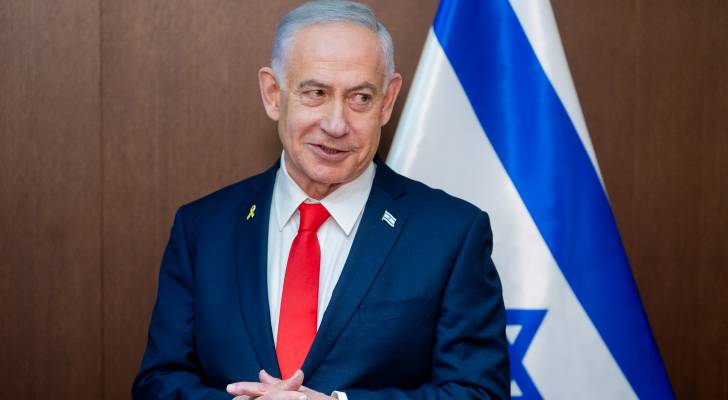 Netanyahu says ‘Israel’ will have veto on Gaza force members
Netanyahu says ‘Israel’ will have veto on Gaza force members
-
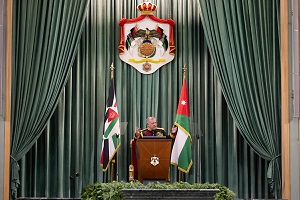 King to inaugurate 20th Parliament’s second ordinary session
King to inaugurate 20th Parliament’s second ordinary session
-
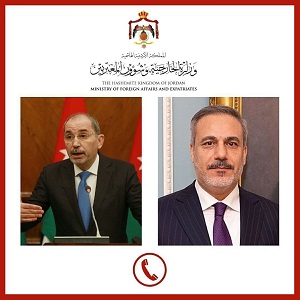 Safadi, Turkish counterpart discuss Gaza humanitarian efforts, ceasefire progress
Safadi, Turkish counterpart discuss Gaza humanitarian efforts, ceasefire progress
-
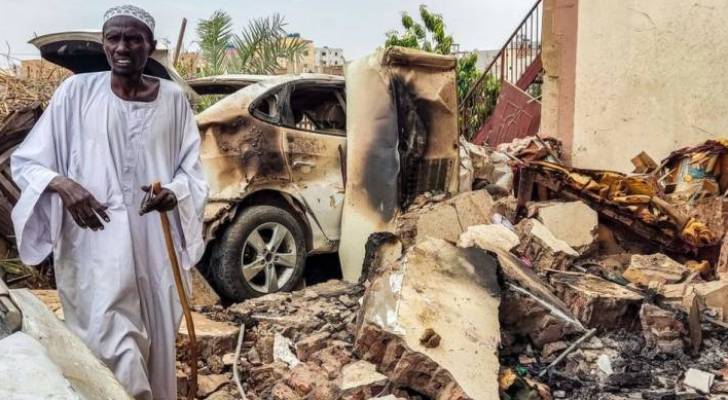 War in Sudan leaves deep psychological scars beyond destruction
War in Sudan leaves deep psychological scars beyond destruction
-
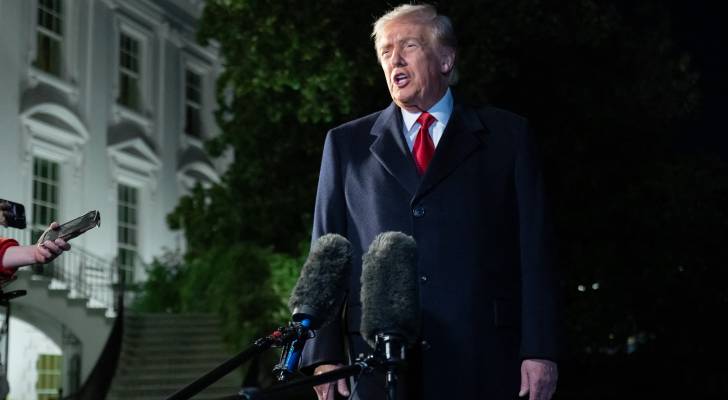 Trump heads to Asia for Xi talks, eyes Kim meeting
Trump heads to Asia for Xi talks, eyes Kim meeting